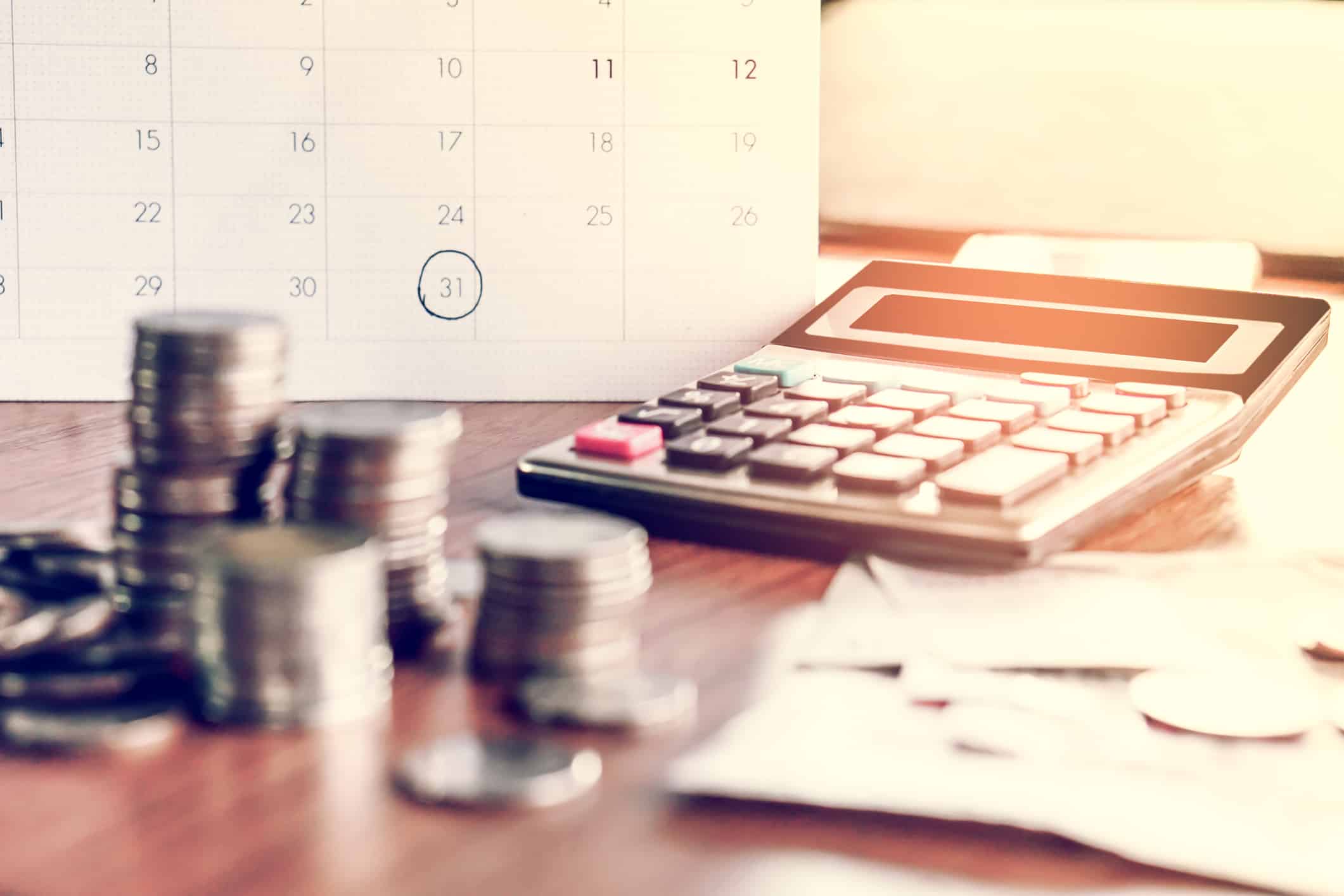High-Yield Savings Account Perks
High-Yield Savings Account Pitfalls
Three High-Yield Savings Accounts to Consider
There are plenty of options that can make money for you if – and how – you want to invest.
The classic is stock appreciation. Buy now, sell for more later.
A more traditional but hybrid approach involves stock appreciation and dividend or disbursement income. Buy now, and some of the company's profits or free cash flow is returned to you as a shareholder, and hopefully, you sell for more later.
But ultimately, we all have to hold money in a bank account. Whether it is the money we use for everyday or recurring expenses or extra funds we want to save as emergency funds, there is always a need.
Unfortunately, for nearly 15 years, holding money in this way has incurred a loss. Savings and checking account average interest rates show that you lose the real value of your money.
This wasn't too bad when inflation was under 2%. That is hardly the case anymore, with interest for the US consumer price index spiking over 9% in the summer of 2022 and consistently staying over 5 to 6%.
To put it another way, the $100 you tucked away in the summer of 2021, in just a year, was comparatively worth $91 just a year later.
Meanwhile, average interest rates for deposits remain abysmally low.
As of the end of February 2023, the national average, according to the US Federal Deposit Insurance Corporation – the government corporation that monitors and secures some bank deposits – shows savings account interest rates at just 0.35% and checking account interest rates at a mere 0.06%.
Even money market accounts, with more transaction restrictions, only offer 0.48%.
To hold money in this environment is to lose money.
However, higher-yielding accounts offer more than traditional savings and checking accounts. They come with caveats, but with rates up to 5% and beyond, it can add up to a lot of money over time while you maintain padding for bills and emergencies.
Let's look at the perks, pitfalls, and some of the highest-yielding accounts available now.
High-Yield Savings Account Perks
First, the obvious perk we've covered is that you gain significantly higher interest by holding money in high-yield savings accounts than others.
Plus, deposits are FDIC insured, so balances up to $250,000 are safe.
The effect of compound growth in these accounts might not be immediately apparent.
An interest rate of 0.35% – the national average – compared to 3.5% – middle of the pack for high-yield savings accounts – marks an effective 1,000% increase in return.
With higher interest rates, you can have savings account compound over time to produce meaningful results.
Let's say you maintain $10,000 at 0.35% over ten years or the same amount over the same time frame at 3.5%.
That's a difference of ending with $10,355.56 or $14,105.99.
Push it to 5%, available through some banks now, and that goes up to $16,288.95.
This adds up to big money for maintaining a reasonable fund to cover basic needs and some emergency funds.
Unfortunately, there are some considerations to keep in mind.
High-Yield Savings Account Pitfalls
You should ask yourself why there is such a steep difference between the national average for traditional bank savings account interest rates and high-yield savings account interest rates.
It isn't just that the big banks can muscle you around and have largely abandoned any benefits for relatively small account holders. However, that certainly is the case and has dramatically worsened over the years.
Withdrawal Limits
Penalties are common if you move money out of high-yield savings accounts too often. All savings accounts used to be like this, but a government regulation was waived during the pandemic years. However, this was not mandatory, and many high-yield accounts still have penalties built in if balances are reduced.
Withdrawal Isn't as Easy
People are used to having a savings account tied to a checking account at the same institution. This is incredibly convenient because all transfers are internal and often instant. However, many high-yield savings accounts do not come with a checking account. Even rarer are ATM cards linked to them. Interbank transfers still take several days to process, and fund transfers will take time to become available for use.
Rate Fluctuation
While high-yield savings accounts offer much better interest rate yields than traditional bank accounts, they are not guaranteed. Rates can go up and down. Unfortunately, yields will likely decrease with the Federal Reserve raising interest rates. With a bank's ability to profit from deposits limited, its offered return to depositors goes down as well.
Three High-Yield Savings Accounts to Consider
If high-yield savings accounts sound intriguing, you may want to consider several with the highest yields.
UFB Direct – Preferred Savings Account
- Annual Percentage Yield (APY) – Up to 5.02% APY
- Minimum balance – None
- Monthly fee – None
- Maximum transactions – No max number of transactions, potentially max transfer amounts
- Excessive transactions fees- None
- Checking or ATM card included? – No checking account, ATM card offered
Western Alliance Bank Savings Account
- Annual Percentage Yield (APY) – Up to 4.50% APY
- Minimum balance – $1
- Monthly fee – None
- Maximum transactions – 6 per month
- Excessive transactions fees- None
- Checking or ATM card included? – No checking account or ATM card is offered
Varo Savings Account
- Annual Percentage Yield (APY) – Starts at 3%, goes up to 5% on up to $5,000 if more than $1,000 in direct deposits are made in a month, and you end the month with a positive balance in both your Varo Bank Account and Savings Account.
- Minimum balance – None
- Monthly fee – None
- Maximum transactions – 6 per month, currently being waived
- Excessive transactions fees- None
- Checking or ATM card included? – Checking account offered, ATM card offered with a Varo Bank Account as well
There are plenty of other options out there. Just be careful and read through the terms and conditions if you shop around.
Also, consider how rates may fluctuate over time, with a particular risk that your APY may go down if the Federal Reserve aggressively increases interest rates going forward.
Take Care,

Adam English
The Profit Sector













